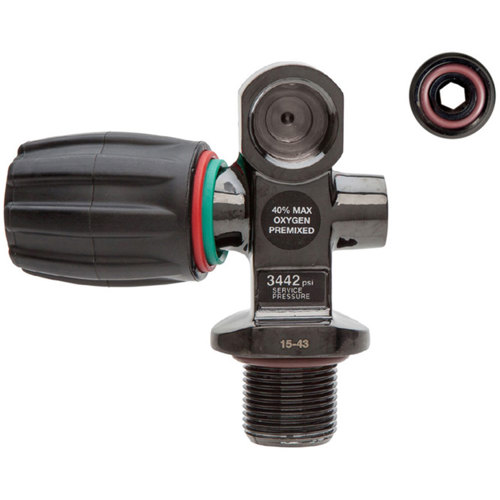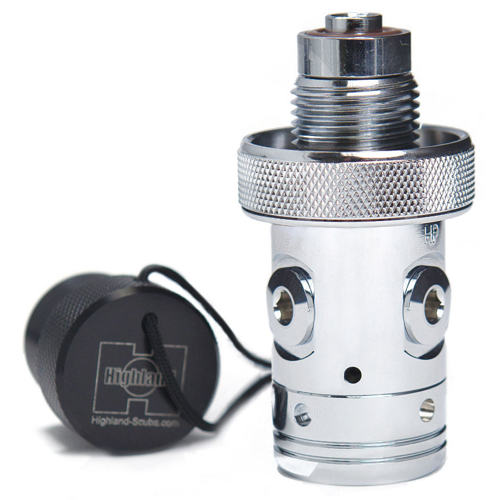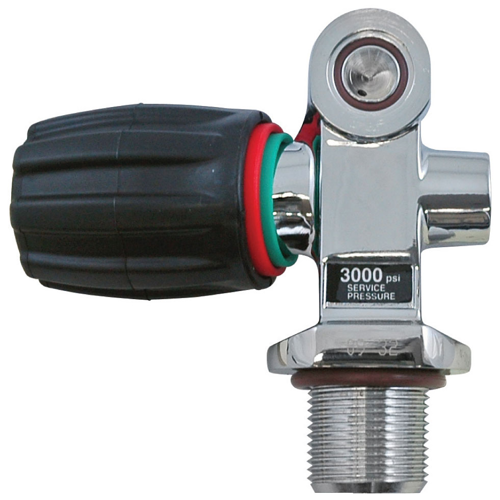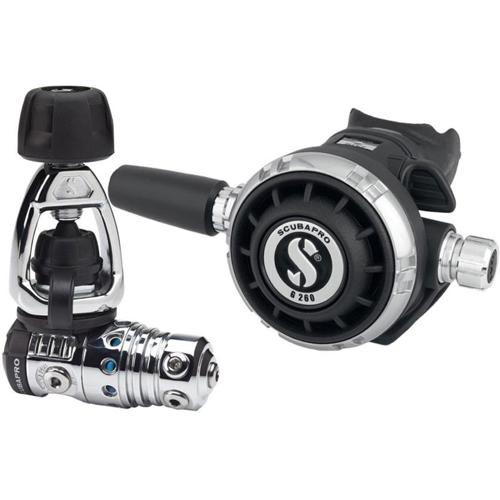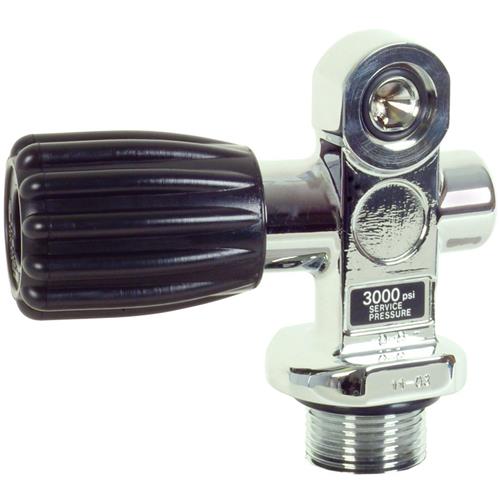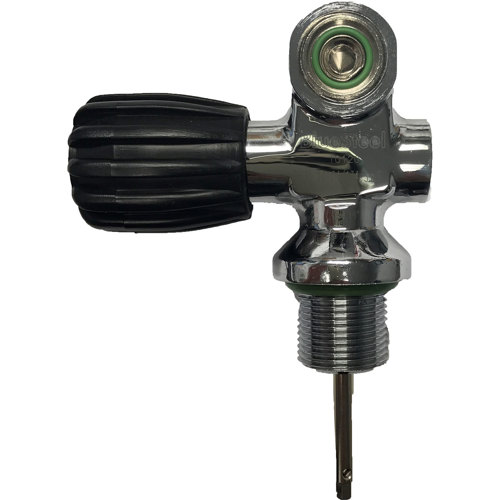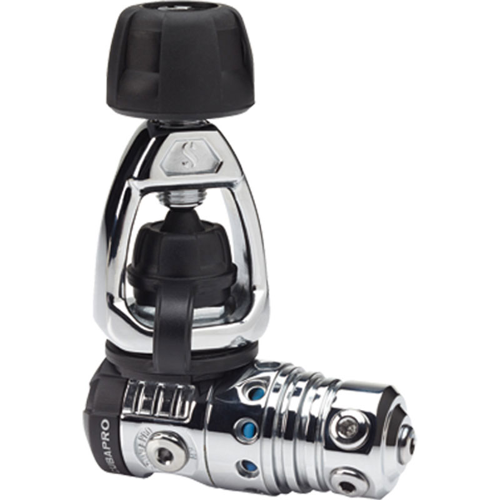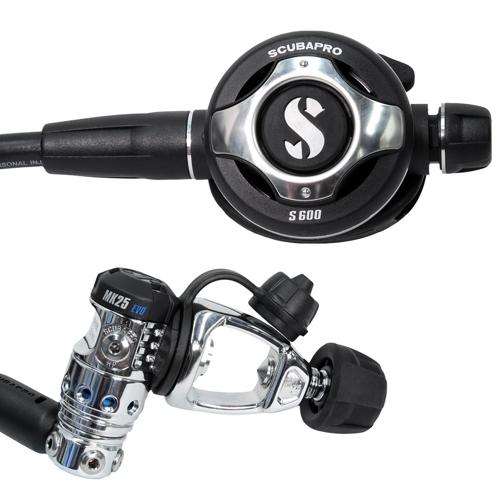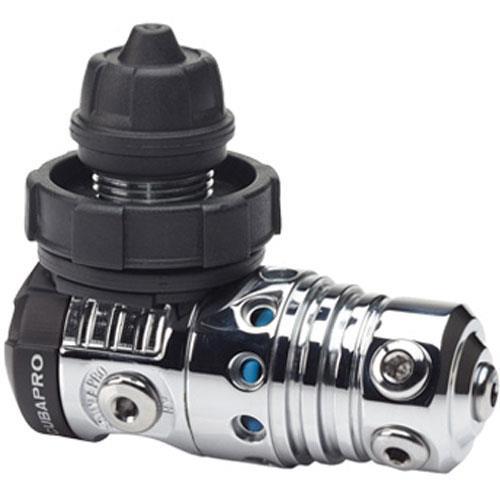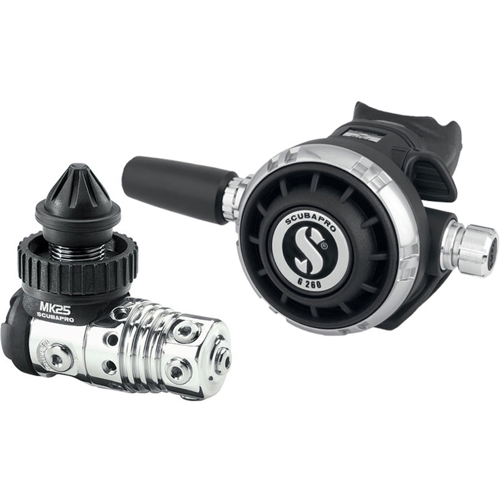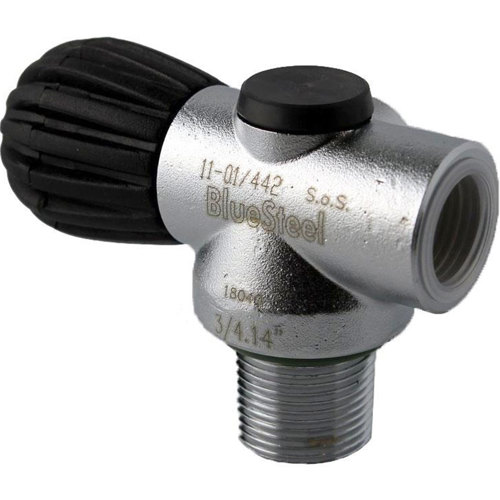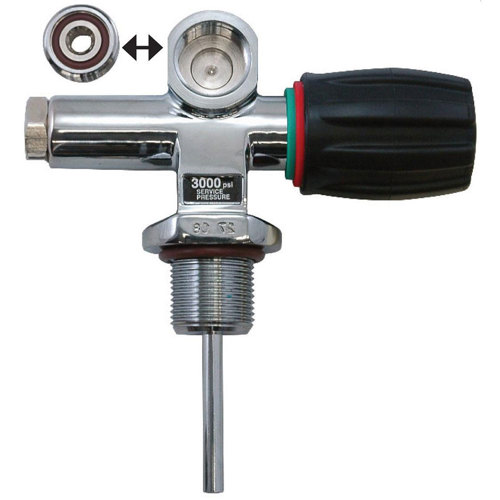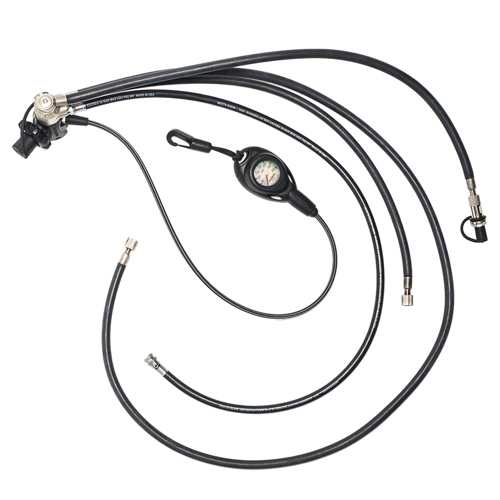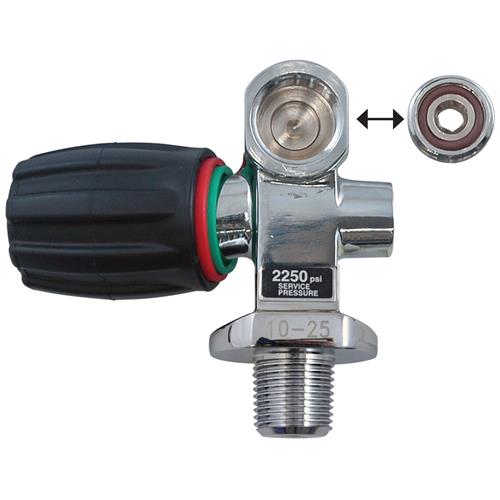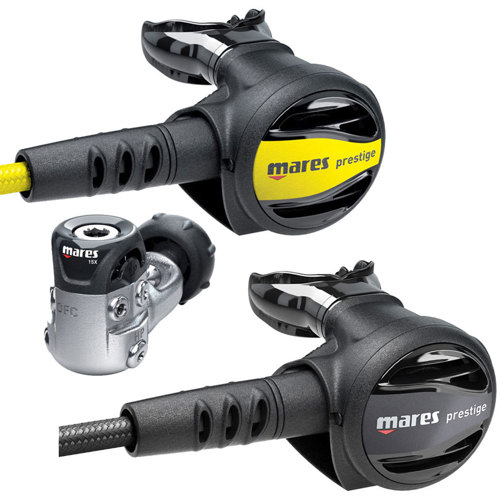For divers who appreciate the subtle intricacies of their gear, understanding the role of intermediate pressure valves is essential for both performance and safety underwater. These valves, integral to the first stage of a scuba regulator, are responsible for reducing the high-pressure air from your tank—often exceeding 3,000 psi—down to a stable, manageable intermediate pressure, typically in the range of 125-145 psi. This carefully regulated intermediate pressure is then delivered through a dedicated hose to the second stage, ensuring a consistent and comfortable breathing experience regardless of depth or tank pressure. The internal mechanisms of these valves, which may employ a diaphragm or piston coupled with a precisely calibrated spring, work tirelessly behind the scenes to maintain this balance, adjusting airflow in real time to match the diver’s demand. For those who have ever experienced the effortless inhalation from a well-tuned regulator at depth, the value of a reliable intermediate valve becomes immediately apparent. As the autumn diving season approaches and water temperatures begin to shift, the importance of consistent performance—especially in cold or variable conditions—cannot be overstated. Divers preparing for shoulder-season adventures or travel to more temperate waters will find that a well-maintained intermediate pressure valve is key to both comfort and peace of mind during extended dives.
Intermediate pressure valves are not just for the seasoned technical diver; they are also a smart consideration for dedicated recreational divers, instructors, and anyone who values precision in their equipment setup. Regularly checking and, if necessary, upgrading these valves can reveal hidden issues such as debris, worn springs, or subtle leaks that might otherwise go unnoticed until they affect performance at depth. An over-pressure relief valve, integrated within many intermediate pressure systems, serves as a vital safeguard, venting excess air if the system exceeds a safe threshold—often around 180 psi—to prevent hose failure or dangerous free-flow events. This feature is especially important when diving in environments that can place additional stress on gear, such as cold water, silty lake bottoms, or after long periods of storage. For those shopping for a thoughtful gift for a dive buddy or loved one—perhaps someone who is moving up to more advanced dives or starting to assemble a personalized gear setup—an intermediate pressure valve or a complete first stage with enhanced pressure regulation can be a practical and much-appreciated choice. These components are a cornerstone of a diver’s life support system, and investing in quality, well-chosen valves speaks to a commitment to safety and reliability.
Whether you are assembling a new regulator setup for the fall dive season, looking to upgrade for more demanding environments, or simply ensuring your current system is operating at its best, taking the time to understand and select the right intermediate pressure valve is a wise move. The subtle difference in inhalation effort, the confidence of knowing your over-pressure relief valve is standing guard, and the satisfaction of a system that performs flawlessly dive after dive all stem from this often-overlooked component. For those interested in exploring more advanced or professional-grade options, or seeking guidance on selecting the best fit for their diving style, our curated collection at
Scuba Valves For Pros offers a deeper dive into the world of high-performance scuba valves. With the right knowledge and equipment, every descent becomes an opportunity to experience the underwater world with confidence and ease, backed by the quiet reliability of expertly engineered intermediate pressure systems.
Top Picks For Scuba Intermediate Pressure Valves

